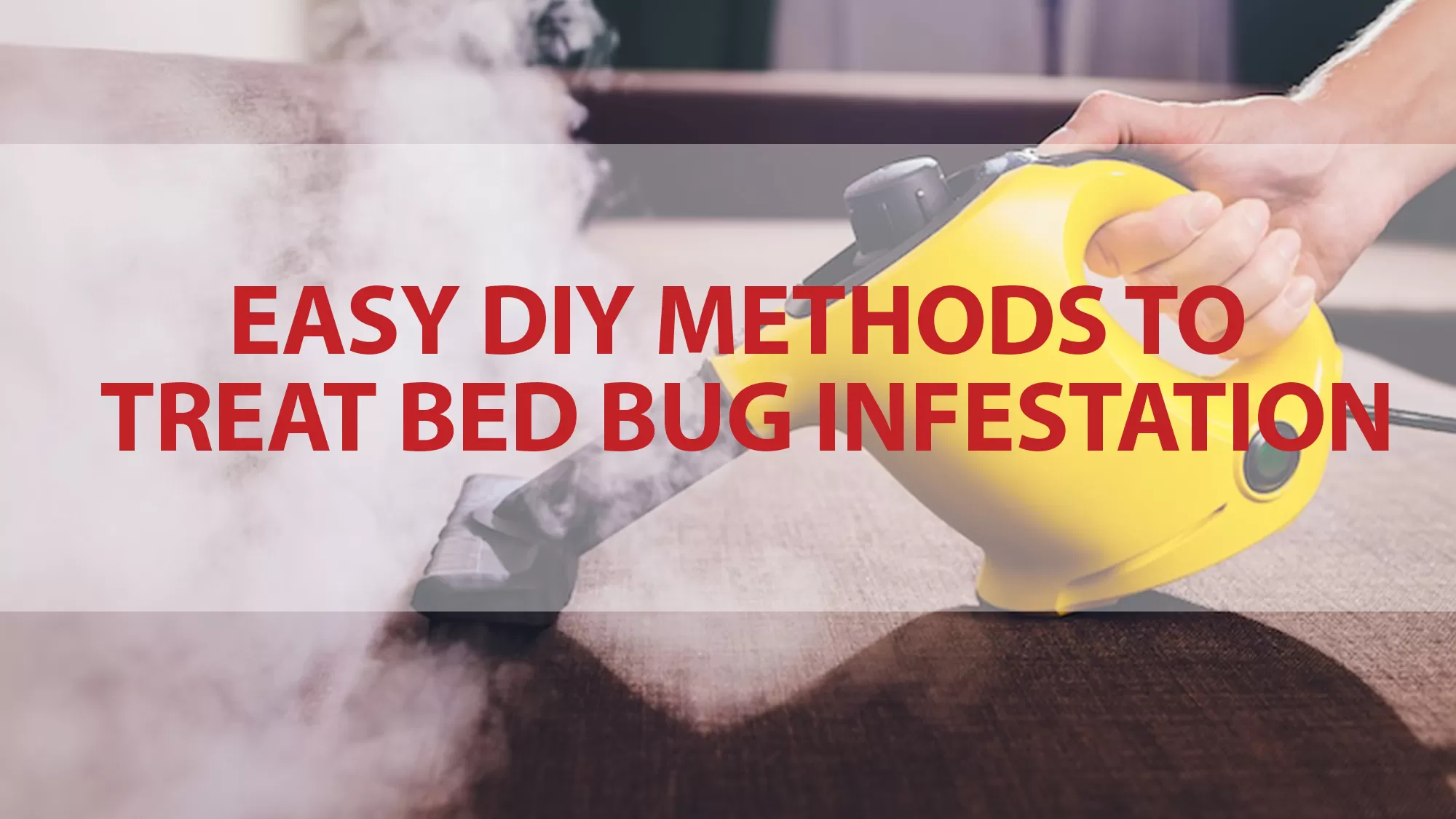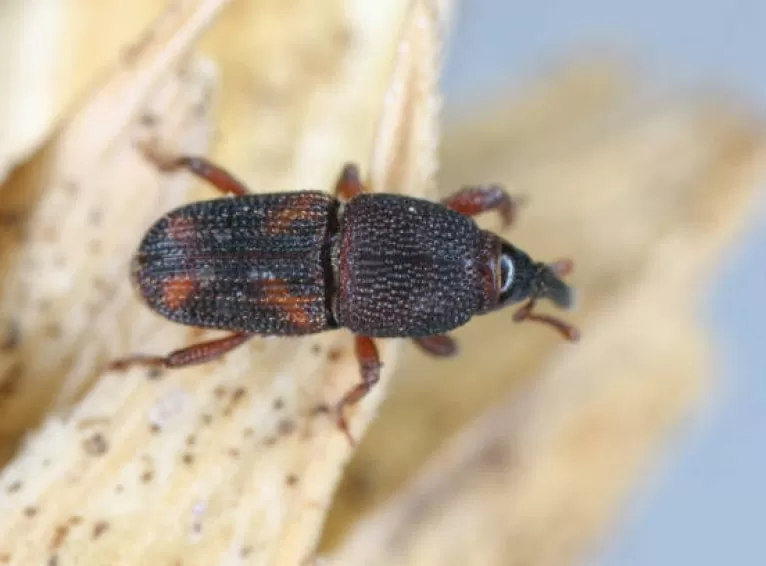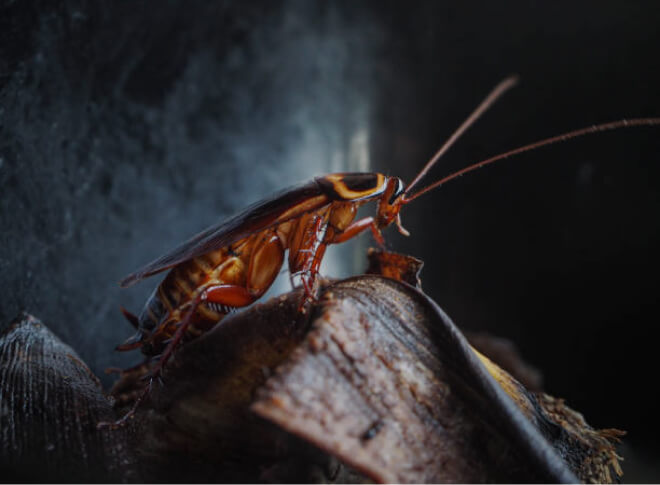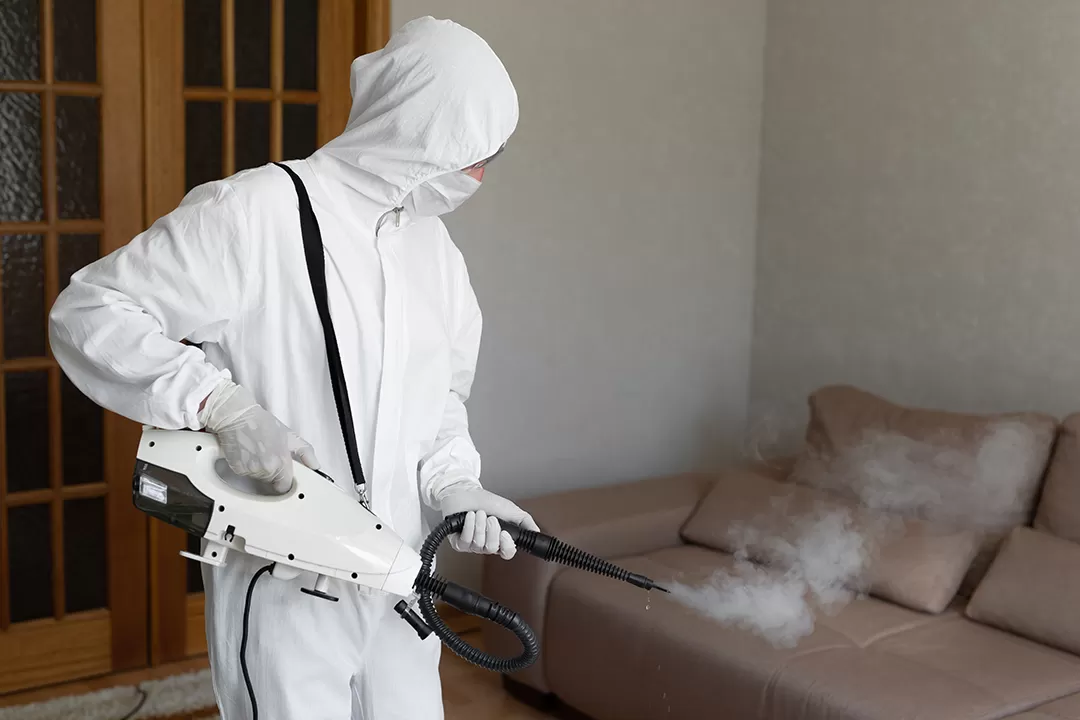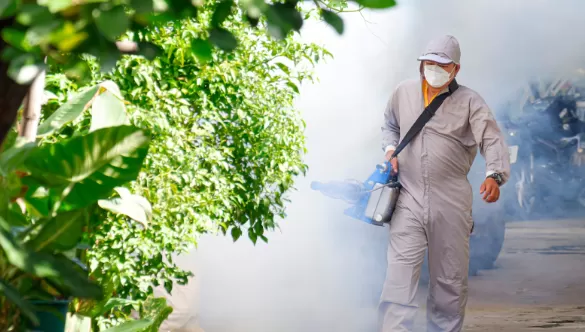Discovering a bed bug infestation in your home can be a distressing experience. These tiny, blood-sucking pests can quickly multiply and cause discomfort. While professional pest control is often recommended for severe infestations, there are several effective do-it-yourself (DIY) methods you can try to eliminate bed bugs and regain control of your living space. In this blog post, we’ll explore easy DIY methods to treat bed bug infestation and prevent their unwelcome return.
DIY Methods to Treat Bed Bug Infestation
Deep Cleaning and Decluttering:
The initial and crucial step in addressing a bed bug infestation is to undertake a comprehensive deep cleaning and decluttering process. Clutter provides hiding spots for bed bugs, making it essential to eliminate unnecessary items, particularly in the bedroom where bed bugs commonly reside. By reducing clutter, you remove potential hiding places and make it easier to identify and treat bed bug-affected areas. Pay close attention to areas where bed bugs may harbour, such as cracks, crevices, and corners.
Regular vacuuming is essential in this process. Use a vacuum cleaner with a strong suction and a narrow nozzle attachment to reach into tight spaces. Vacuum not only the floor but also carpets, mattresses, and furniture. Focus on seams, crevices, and corners where bed bugs often hide. Dispose of the vacuum bag or empty the canister in an outdoor trash bin to prevent any captured bed bugs from reinfesting your home.
Washing and Drying Bedding:
Bedding is a prime location for bed bugs to thrive, so it’s crucial to target these areas during the cleaning process. Launder all bedding, including sheets, pillowcases, and blankets, in hot water. High temperatures effectively kill bed bugs and their eggs. After washing, it is equally important to dry the bedding in the hottest setting possible. The heat from the dryer helps eliminate any remaining bed bugs. Extend this washing and drying process to curtains and any other fabric items in the affected area to ensure a comprehensive treatment.
Steam Cleaning:
The sensitivity of bed bugs to high temperatures makes steam cleaning an excellent chemical-free method for eradication. Utilise a steam cleaner on mattresses, carpets, and furniture, ensuring that the steam reaches every conceivable hiding place. It’s crucial to follow the manufacturer’s instructions carefully to ensure effective treatment while avoiding excessive moisture on delicate surfaces. The high temperature of the steam not only kills bed bugs on contact but also penetrates deep into surfaces, targeting eggs and nymphs that may be hidden from view.
Diatomaceous Earth:
Diatomaceous earth, a natural and non-toxic powder, acts as a desiccant, effectively dehydrating and killing bed bugs on contact. To utilize this method, apply diatomaceous earth in cracks, crevices, and along baseboards where bed bugs are likely to hide. Allow it to remain in place for a few days before thoroughly vacuuming the area. Diatomaceous earth provides a long-lasting residual effect, helping to prevent future bed bug infestations.
Essential Oils:
Certain essential oils, including tea tree oil, lavender oil, and peppermint oil, possess insect-repelling properties. Create a DIY bed bug spray by mixing a few drops of these essential oils with water in a spray bottle. Apply the mixture to affected areas, such as bedding and furniture, to deter and kill bed bugs. The pleasant fragrance of these oils also serves as a natural and non-toxic alternative to chemical insecticides.
Sealing Cracks and Gaps:
Prevent the recurrence of bed bugs by sealing potential entry points in walls, baseboards, and furniture. Use caulk to seal cracks and gaps, reducing the likelihood of a future infestation. Regularly inspect and maintain these seals to ensure their continued effectiveness. By eliminating these entry points, you create a barrier that discourages bed bugs from infiltrating your living space.
Mattress Encasements:
Investing in mattress and box spring encasements is a proactive measure to trap and contain bed bugs. These encasements are designed to prevent bed bugs from reaching you while you sleep, and they also make it easier to spot and eliminate any remaining bed bugs on the mattress. Encasements provide an additional layer of protection, reducing the potential for bed bugs to infest your sleeping area.
DIY Bed Bug Interceptor Traps
Creating your own bed bug interceptors is a cost-effective and efficient way to monitor and control bed bug infestations. They can be placed beneath furniture legs to capture bed bugs and prevent them from ascending the legs. Here’s a simple guide to making your own interceptor traps using readily available supplies:
Supplies Needed:
- Two clean plastic containers (one larger than the other, with the smaller one fitting inside the larger, and both having sturdy, tall sides of over 1 inch).
- Cleaned and repurposed deli or take-out food containers are suitable.
- Masking or painter’s tape with a rough texture.
- Talcum powder
Directions:
- Ensure that the smaller container is spacious enough to accommodate a bed or couch leg inside.
- Apply masking tape around the exterior of the larger container to create a surface for bed bugs to easily climb into the container.
- Affix the two containers together using glue or tape, with the smaller one sitting inside the larger one.
- Sprinkle a small amount of talcum powder into the bottom of both containers. Talcum is slippery and acts as a barrier, keeping the bed bugs inside the container.
- Make a sufficient number of interceptor traps to place under each leg of infested furniture, such as beds, couches, or chairs.
- If necessary, move your furniture a few inches away from any walls, ensuring that no linens are touching the floor—only the furniture legs.
- Regularly check and clean the interceptors every week, reapplying talcum powder as needed.
- Dispose of captured bed bugs into a plastic zip-type or sealable bag.
This DIY approach offers an effective and proactive way to monitor and control bed bugs in your living space. By regularly inspecting and maintaining the interceptors, you can stay ahead of potential infestations, making your home a less inviting environment for these unwanted pests.
Conclusion
While bed bug infestations can be challenging, the provided easy DIY methods offer a proactive and cost-effective approach to managing the problem. Consistency is key, and being thorough in your cleaning and treatment efforts is essential for success. However, for severe infestations or persistent issues, it’s advisable to seek professional pest control services.
In Singapore, where bed bug infestations can be particularly troublesome due to the tropical climate, engaging the services of a reputable pest control agency can provide significant benefits. Professional pest control technicians are equipped with the knowledge, experience, and specialized tools to effectively address severe infestations that may be beyond the scope of DIY methods.
Pest control agencies in Singapore employ a variety of advanced techniques and safe insecticides to eradicate bed bugs efficiently. Their expertise allows for a targeted and comprehensive approach, ensuring that all stages of the bed bug life cycle are addressed. Moreover, professional services often include follow-up inspections to confirm the success of the treatment and to provide additional preventive measures.
By combining the proactive DIY methods outlined earlier with the expertise of a pest control agency, you can create a powerful strategy for treat bed bug infestations. This comprehensive approach not only helps in the eradication of existing bed bugs but also significantly reduces the risk of future infestations, allowing you to reclaim your home and enjoy a bug-free living environment. Remember, prevention is key, and regular maintenance, along with professional assistance when needed, will contribute to the long-term success of your bed bug management efforts.

